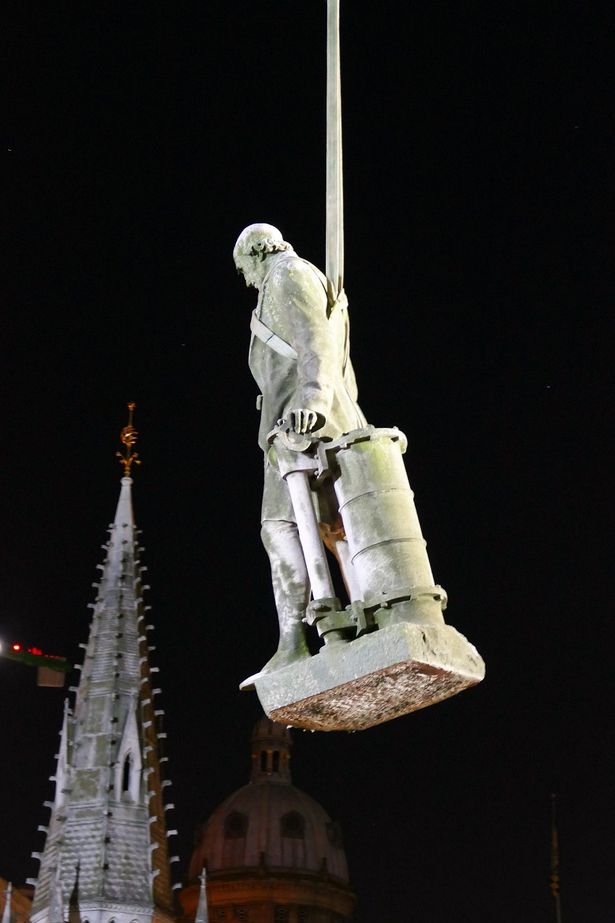 |
| Bronze Sculpture of Joseph Priestley, Leeds, England. Walter Harding, sculptor, 1903 |
In an article in the Birmingham Mail it has been reported that the bronze statue of Joseph Priestley in Chamberlain Square is on the move. The statue has been removed from its plinth and transported into storage at the Birmingham Museums Trust Collection Centre ahead of the demolition of the Central Library and the start of reconstruction of the area around the Square. The statue of James Watt was also removed and the statue of Thomas Atwood will also be removed in a similar manner.
They will all be returned to the Square when the construction work is completed.
Both Watt and Priestley resided in Birmingham during the early days of of the Industrial Revolution and were members of the Lunar Society. Priestley, a clergyman, scientist, educator, and social activist is best known for his discovery of Oxygen. James Watt and Matthew Boulton are credited with the development of the steam engine.
The Joseph Priestley Statue was originally located in Victoria Square, then called Council House Square, but was later move to Chamberlain Square and recast in bronze due to irreparable weather erosion to the original marble.

Watt on the move
 |
| Watt on the move |









